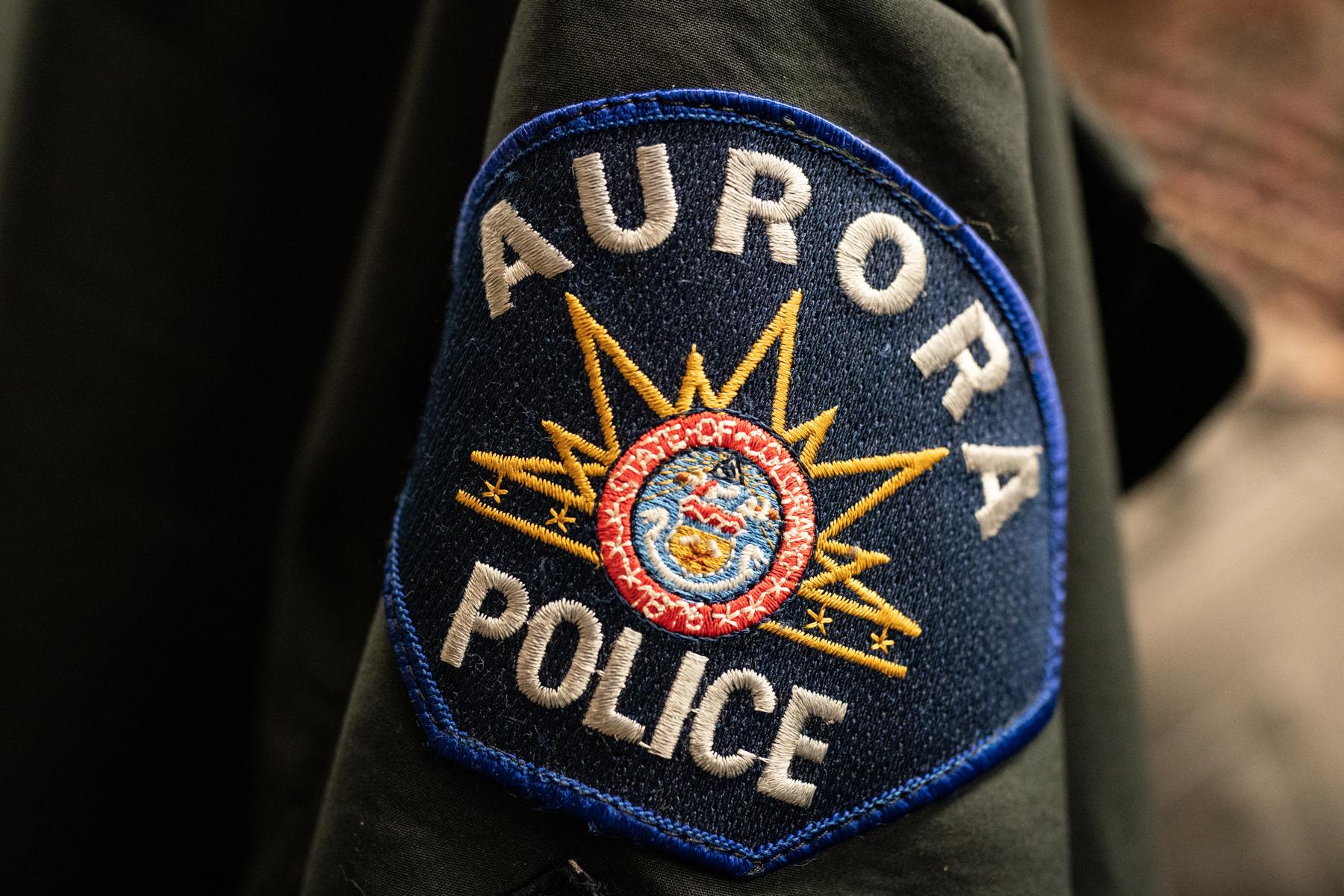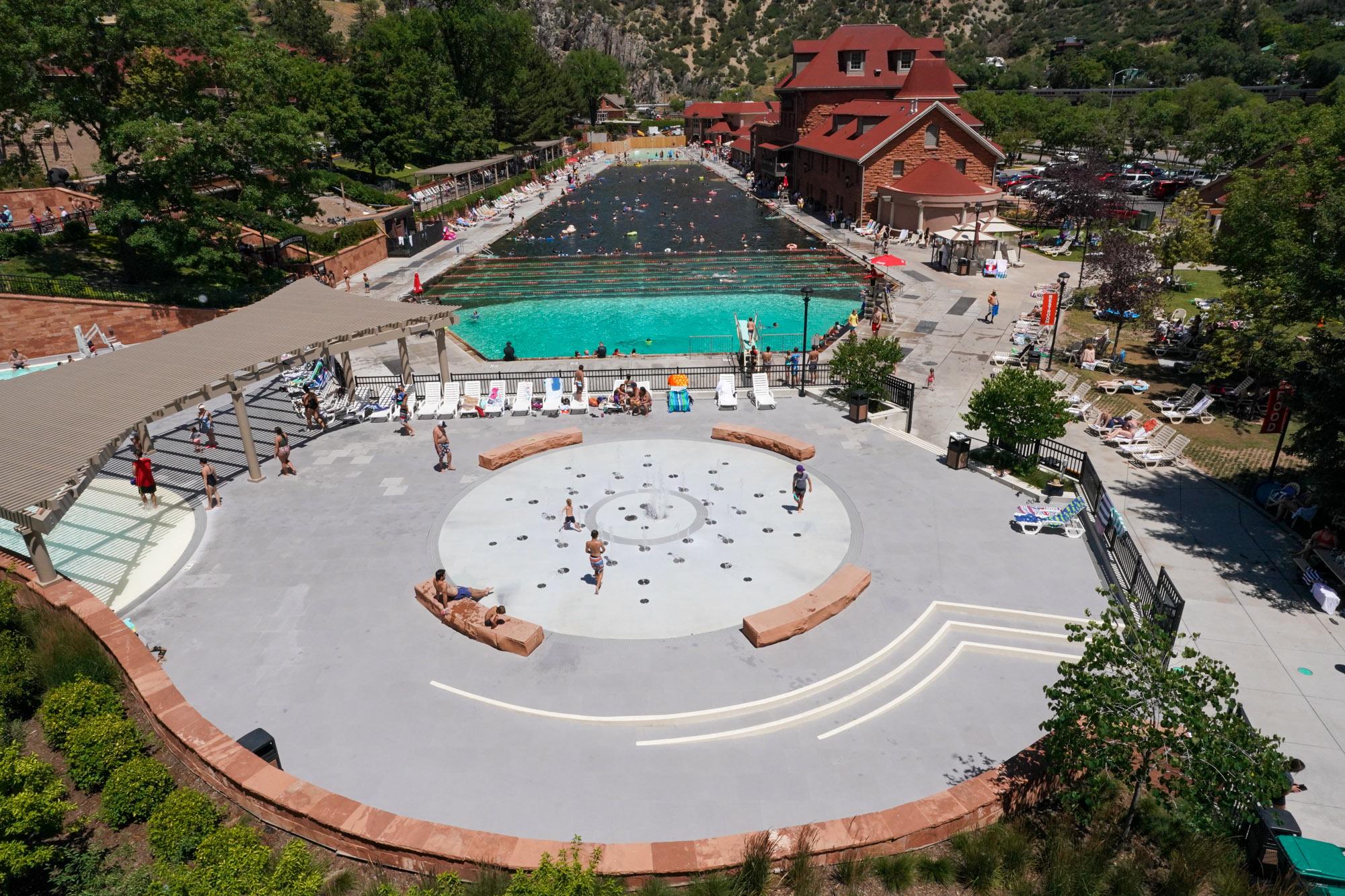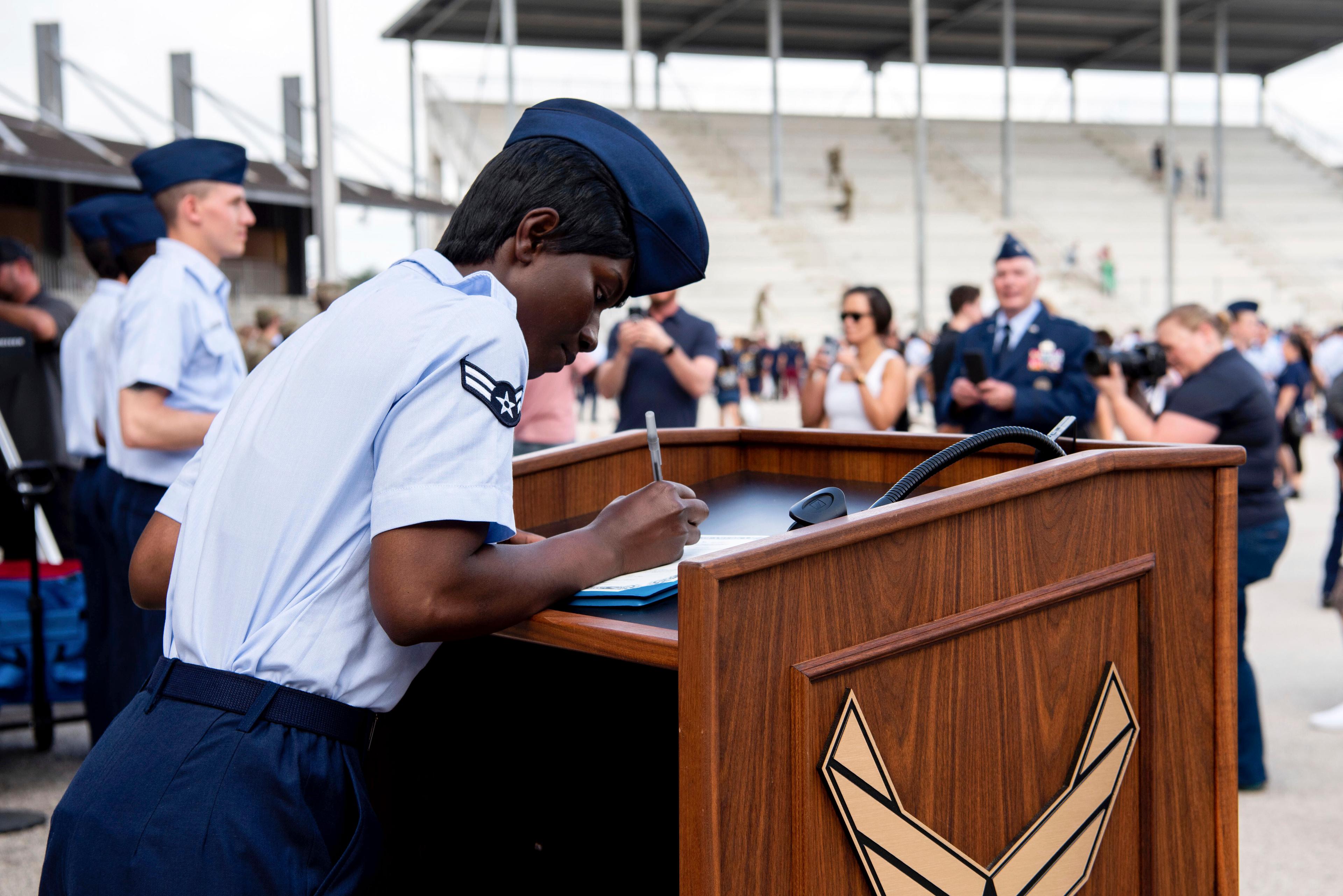
It is nearly mid-December and it’s beginning to look a lot like Christmas. Lights twinkle on wreathes; shiny red bows crown doorways; cartoon reindeer and snowmen and Santas grin cheerfully from festive store windows.
The darkest day of the year approaches, the winter solstice, and candles in windows flicker against the black night.
Last Sunday, my friend Cate and I sat in a gorgeous stone church and watched fresh-faced college students sing carols and recite traditional Christmas liturgy: All is calm. All is bright. And the angel said unto them, ‘Fear not.’ The lights went out and we all lit our candles. Joy to the world. Across dark streets we drove home, filled with a soft glow and the language of peace.
In startling contrast, recent news headlines have felt like blows to the head. Following too shortly after Don’t Shoot, comes I Can’t Breathe, and finally CIA Torture Report Reveals Harsh Tactics. Excessive force and institutionalized brutality rule the airwaves.
In the midst of this cultural disconnect, I’ve been doing two things that stir the soup even more. I’m teaching a class of college kids the basic elements of journalism, and on the side, to remain sane, I’m reading Carol Bly.
Every morning I show up in class and we discuss the day’s news. We try to identify journo-speak and administration-speak that covers up meaning, terms invented to make our government’s actions sound better, even pretty: extraordinary rendition, illegal combatants, enhanced interrogation.
We read the news in class, then watch it deteriorate in the hurricane force of the 24-hour news cycle.
We discuss the role of the press and the media’s historic tug of war with government over information, and I remember a 15-year old story in our town, uncovered by my friend Cara, one of those intrepid reporters I hold up as examples for my students. She wrangled with the local sheriff’s office over records concerning a restraining device used at the county jail, on which an inmate had choked and died, shedding light on some extraordinary and enhanced tactics used there.
In the midst of the recent flood of torture news, one op-ed piece stands out like a car headlight cutting through darkness on a snowy night. Its title is “I Can’t Be Forgiven for Abu Ghraib,” its author Eric Fair, a former contract interrogator for the U.S. government at the notorious Iraqi prison where the term human being was replaced by ‘detainee.’ Fair teaches creative writing to college students now, young men and women who were barely in elementary school when photos of tortured inmates at Abu Ghraib rocked the news. They cannot remember what he will never forget.
Which brings me to Carol Bly. Stay with me if you don’t know her. She died in 2007, was once the wife of the poet Robert Bly, was a lifelong Minnesotan, a contrarian, a writer of short stories and essays. All of Bly’s work circled around one central theme: Look evil in the face and call it what it is. Avoid evasive thinking about difficult truths. Confront what is happening in your world, whether it’s a small, isolated northern Minnesota town or a flashy, media-saturated big city or a globalized world, and tell the truth about it. Bly was stern and ornery and admittedly shrill, and she believed our salvation as a society depended upon truth-telling.
She would have approved of Mr. Fair’s testimony.
So I am trying to channel Carol Bly as I navigate this “most wonderful time of the year” and these angry headlines. Bly would counsel the practice of quiet thought, insisting that we must make up our own minds about what is happening in our world and not take anyone else’s word for it.
The other day, in a fit of wishing for holiday cheer, I went downtown to watch the ice skaters in the park. On the edge of the packed rink, a little girl screamed in abject terror as the adults surrounding her all coaxed and prodded and insisted that she enjoy herself in this winter wonderland. She screamed louder and grabbed the wall and wrenched her head toward the exit, begging to leave. Nobody listened to her. She screamed louder.
Are we locked out of our souls by our insistent search for holiday cheer? Are we so afraid of the dark that we must blind ourselves with light?
I drove home a little lonely, a little sad, glad for the madly lighted houses along stately old streets in my neighborhood. It’s beginning to look a lot like Christmas now, everywhere I go.
Kathryn Eastburn is the author of A Sacred Feast: Reflections of Sacred Harp Singing and Dinner on the Ground, and Simon Says: A True Story of Boys, Guns and Murder in the Rocky Mountain West. You can comment and read or listen to this column again at The Big Something at KRCC.org. “The Middle Distance” is published every Friday on The Big Something and airs each Saturday at 1 p.m. right after This American Life.








